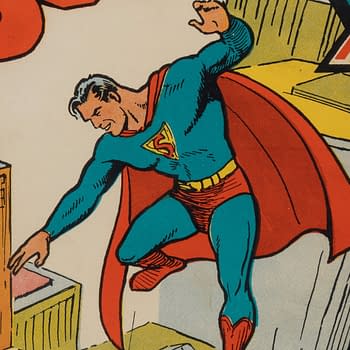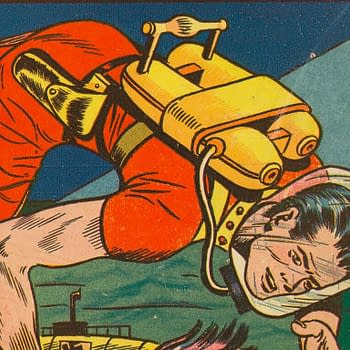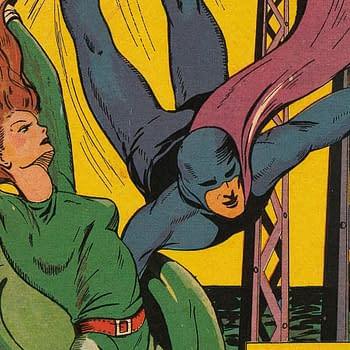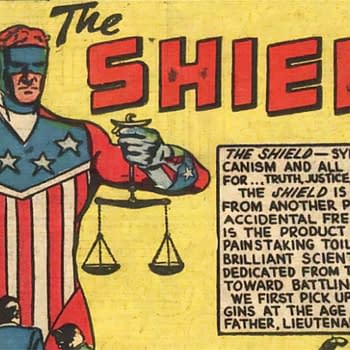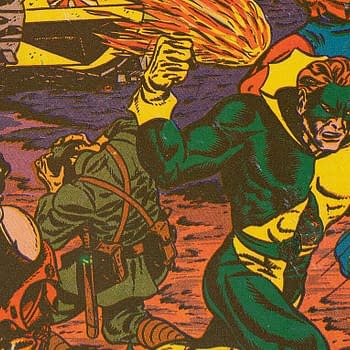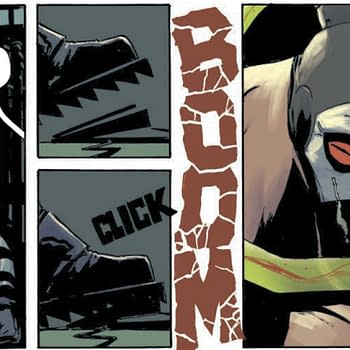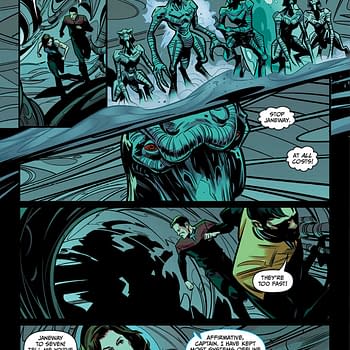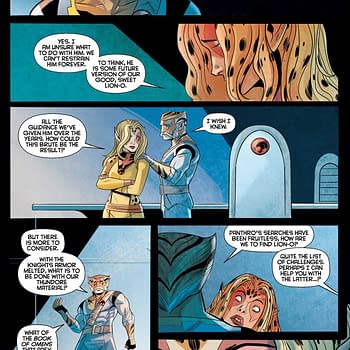Posted in: Comics, Vintage Paper | Tagged: l.b. cole, Star Publications
L.B. Cole's Star Publications Co-Founder Jerome A. Kramer
Jerome A. Kramer made his way into comics publishing via a unique path. He entered publishing launching a popular income tax booklet, then published comics and paperbacks.
Article Summary
- Jerome A. Kramer entered comics publishing after success with his hit instructional tax booklets in the 1940s.
- Kramer founded Croydon Publishing, launching comic and paperback lines with L.B. Cole providing paperback cover art beginning in 1945
- He co-founded Star Publications, acquiring major comic art inventory and helping shape its unique publishing model.
Comic book publisher Jerome A. Kramer (1907-1956) was born Abraham Joseph Kramer in New York City and had become a CPA by 1930. Best remembered as the co-founder of Star Publications with L.B. Cole, little has been understood about Kramer's activities in the comic book business up to now, perhaps due to some historical confusion over names he may have used over the years. Kramer had also become an accounting teacher by the late 1930s. He entered the publishing business in 1942 with a 25-cent instructional booklet, Income Tax Simplified (with revised versions published under various other titles), founding his own publishing company, Croydon Publishing Company, in the process. The tax booklets became a hit, and he was well-known for his expertise in this area for the rest of his life. He was featured in an eight-part weekly television series that Variety referred to as DuMont's Taxcasts in the runup to the 1953 tax season.
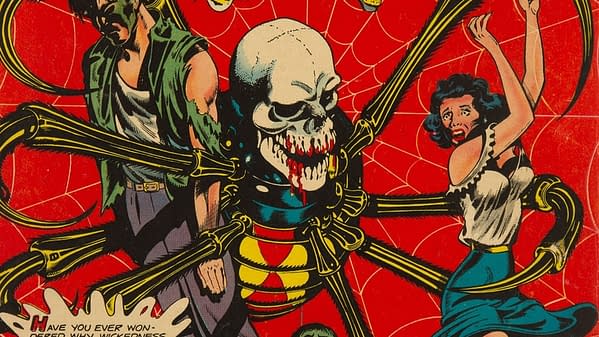
Croydon Publishing Company entered the comic book business in 1944 with Variety Comics. Note that the unconfirmed GCD reference to a man named Benjamin Gerber owning Croydon is incorrect. Gerber is connected to Croydon Detroit Publishing, a different company that publishes maps. Beyond the three-issue Variety Comics, Kramer's Croydon published several one-shot titles in 1945-1946, including Miss Cairo Jones and Captain Wizard Comics. The timing of Kramer's entry into comics strongly suggests he was induced to enter the field just as it was booming due to his access to paper at a time when newsprint usage was being controlled in the United States by the War Production Board. Many such publishers from outside of comics were induced to enter the field as sort of "surrogates" in precisely this time frame due to their access to paper. Croydon also began publishing paperbacks around 1945, with L.B. Cole providing some covers for Croydon paperbacks beginning in that year.
This background provides a framework, and perhaps some gentle corrections, for understanding Cole's later recollections of Kramer and the circumstances surrounding the formation of Star Publications. As quoted in the indispensable Black Light: The World of L.B. Cole, when Curtis Publishing Company's Premium Comics Group / Novelty Publications comic book inventory became available for acquisition in 1949, Cole says they both "showed up in the Novelty Publications office on the same day to bid on Premium's assets," going on to say that Kramer "was interested in entering the publishing field." However, Kramer had already entered the comic book and paperback publishing business by then, and Cole had even provided cover art for Kramer's Croydon paperback endeavor.
After the launch of Star Publications, Kramer seems to have kept his Croydon publishing business active as a mail-order seller of cheap instructional booklets like The Art of Kissing, Modern Love Letters, and Scientific Boxing, and similar titles advertised in Star Publications comics. For years, both before and after the Star Publications era, these same booklets were widely advertised in comics and magazines from a range of publishers in ads using the business name Pickwick Company. It's unclear whether Pickwick has any further connection with Kramer.
Jerome A. Kramer's role in the comic book and paperback publishing business of that era will continue to emerge with further research. As for Star Publications, according to Cole, the publishing venture acquired around 15,000 pages of comic art inventory from Curtis at a cost of $12,000, split evenly between Cole and Kramer for $6,000 each. By my calculations, they would eventually use less than half of that inventory at best. The typical Star Publications formula was to create an issue out of all or mostly reprints with a new L.B. Cole cover. Writer/artist Jay Disbrow was one of the most prominent creators of Star Publications' original, non-reprint material. Notably, the final Star Publications series Laughing It Up departed from the publisher's typical formula. A gag digest book of the kind that was common during the era, it consisted largely of one-page cartoons, and seems to have included no L.B. Cole material or Curtis inventory reprints. Laughing It Up ended in 1956, the year of Jerome A. Kramer's death.




